By Bruce Doorly

It provides another pathway and entrance to a beautiful park that has miles of trails, scenic lakes, plant life, and a few historical structures.
A popular location, Duke Farms attracts a few thousand visitors per week.

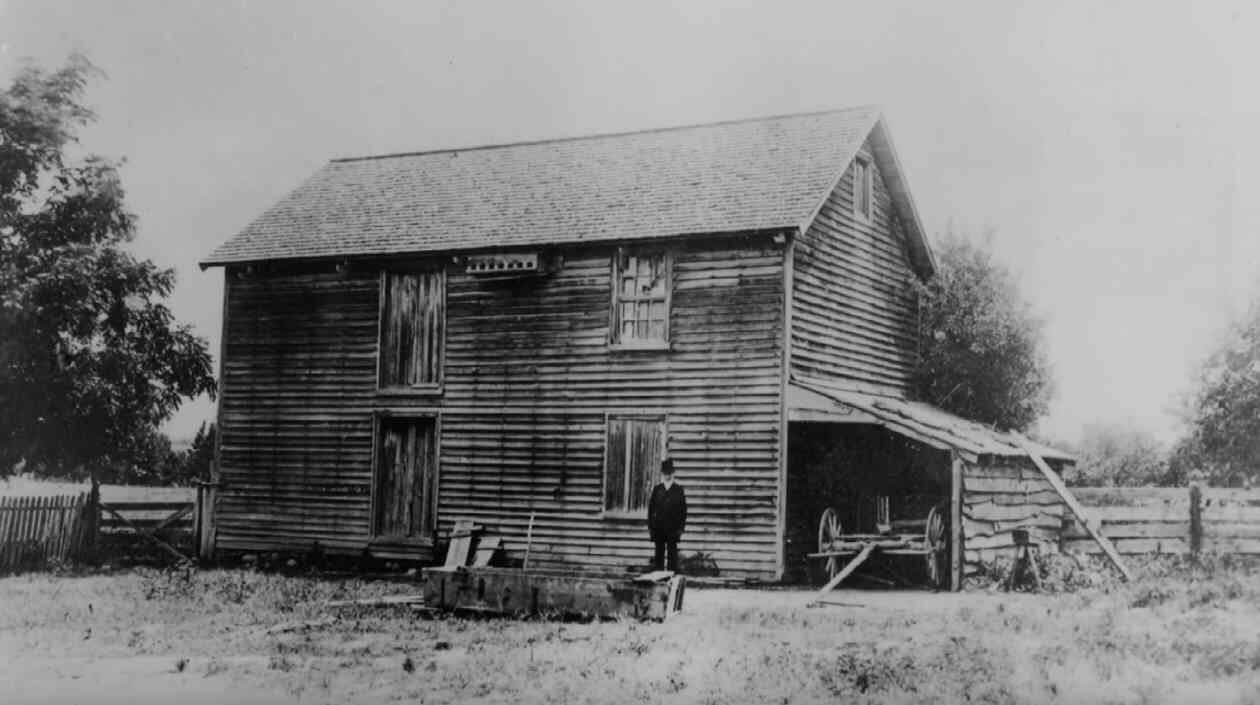
The family business was run by his father Washington Duke along with James and his brothers.

James emerged as the driving force of the family business from the time he was a young teen.

I hated to close up my desk at night and was eager to get back to it early the next morning. I needed no vacation or time off. There is not a thrill in the world to compare with building a business.
And build a business he did.
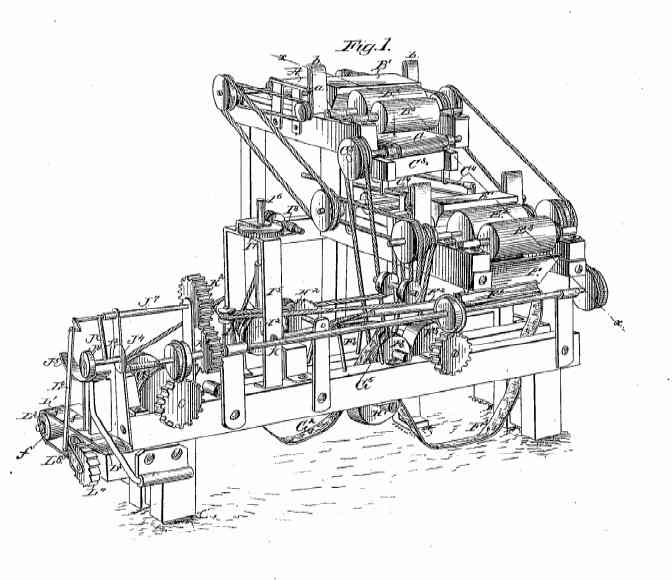
They championed a new flavor of tobacco and decided to take a chance and convert from hand rolled cigarettes to machine rolled. This was despite the fact that it was not known if the public really wanted machine rolled cigarettes and the machine to roll them was still unproven. But this turned out to be a great decision as the public soon embraced the mass-produced uniform cigarettes they made.

His market share grew substantially each year as he never stopped promoting and expanding to new areas. By 1889 he had captured 45% of the cigarette market in the U.S..


Never to rest, James Buchanan Duke saw potential in hydroelectric power plants and he invested in them - building another profitable business empire. The energy business he created is still in existence - today known as Duke Energy.

It was said that he was able to spot talented and dedicated people. By treating them well, he won their lifetime loyalty. One business partner said that Duke thought faster, more accurately and grasped a situation more quickly than most men. And once he had decided, he acted promptly.

Tobacco is the poor mans luxury. Where else can one get so much enjoyment for his five cents?
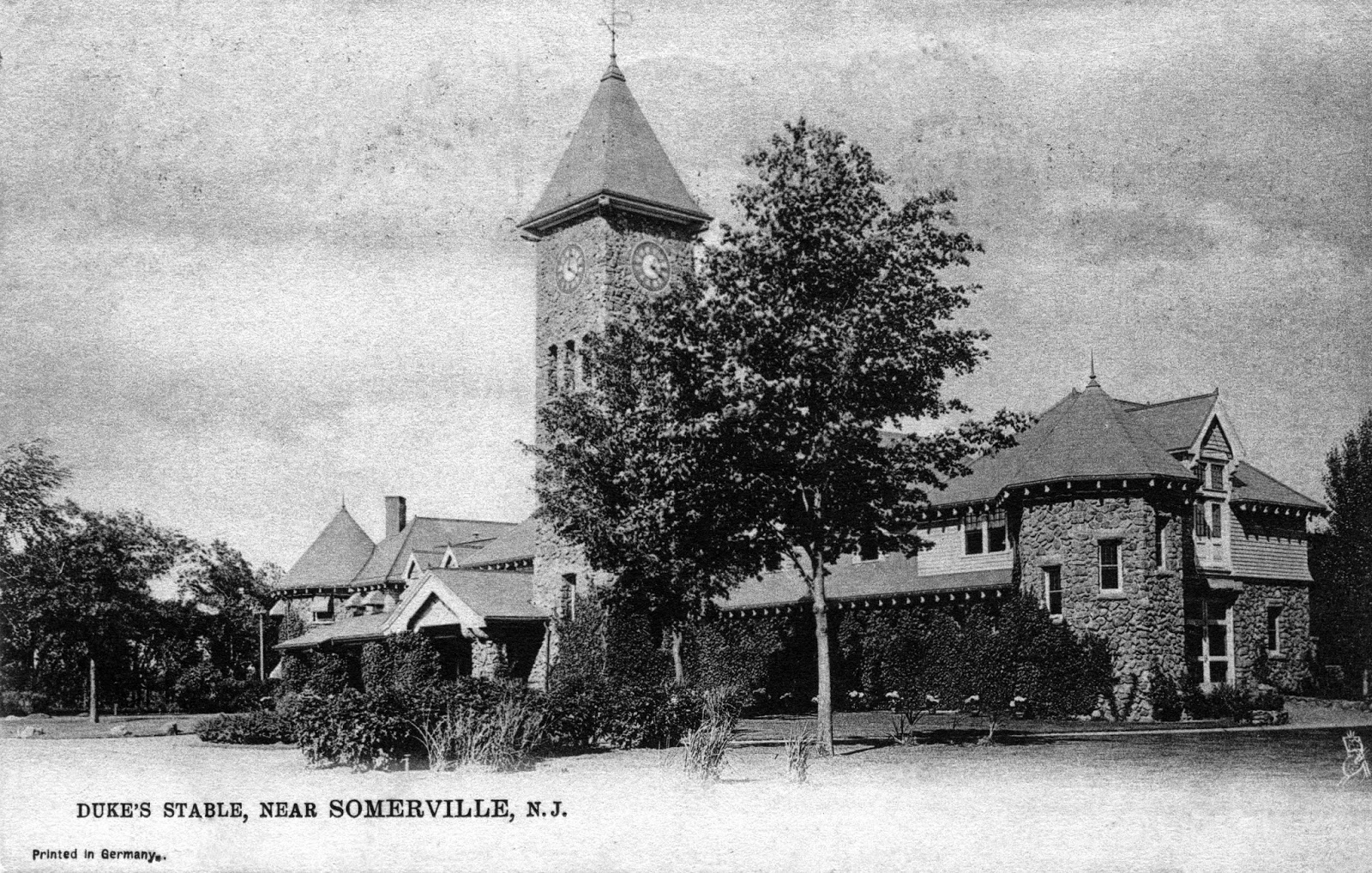
In 1884 James Buchanan Duke had moved to New York City as he felt it was a better location to conduct business from. But this move left a void in his life as he yearned for the open farmland that he had grown up with in North Carolina.
So, he decided to create a version of his old home. In 1893 he purchased 327 acres of farmland in Hillsborough just south of Raritan. This would be his weekend retreat. On Fridays he would gladly make the then three hour drive from New York City to Hillsborough.
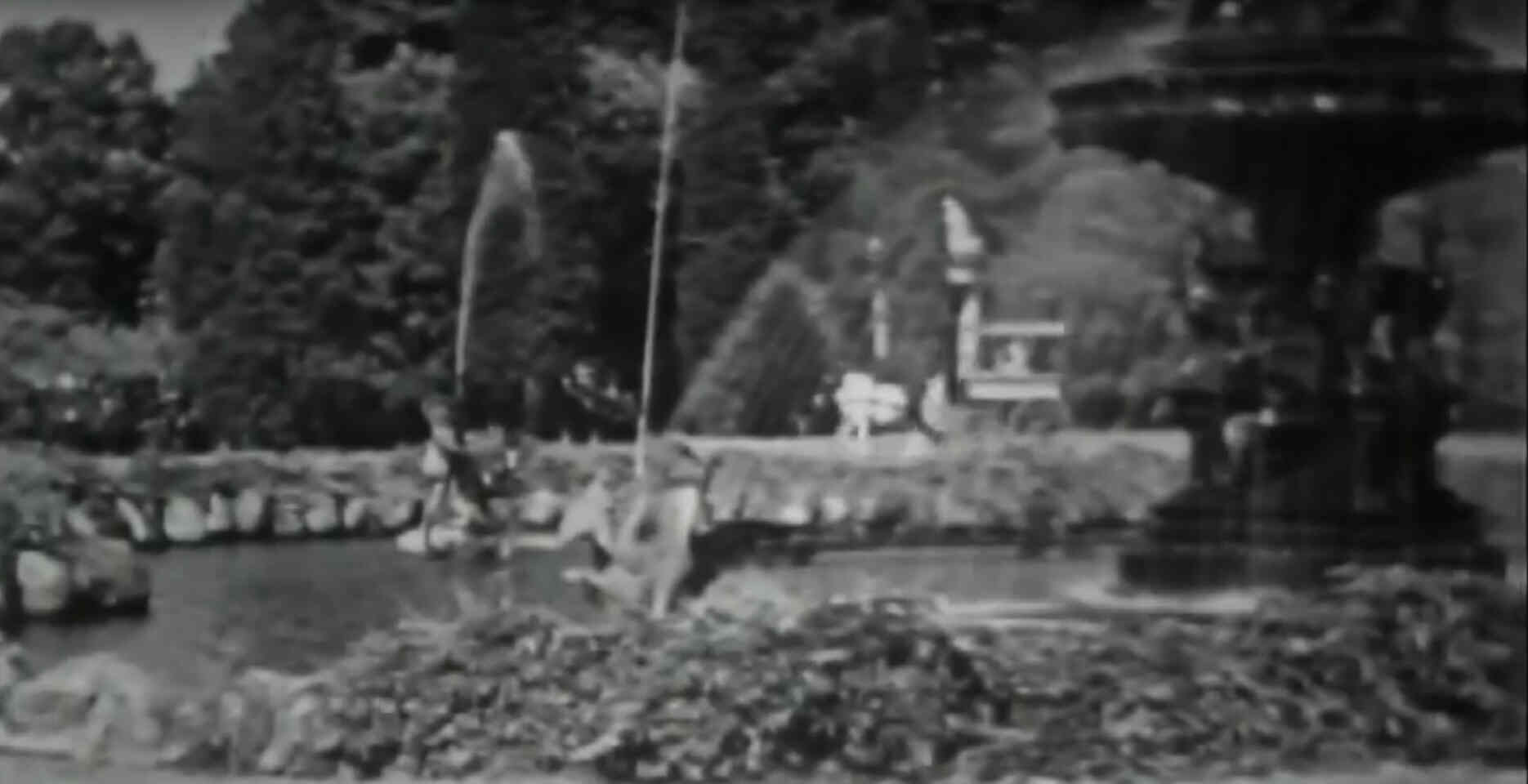
All kinds of plants could be found. Geese and swans hovered around the lakes. Over time, he purchased adjacent land which would expand his property to 2200 acres.

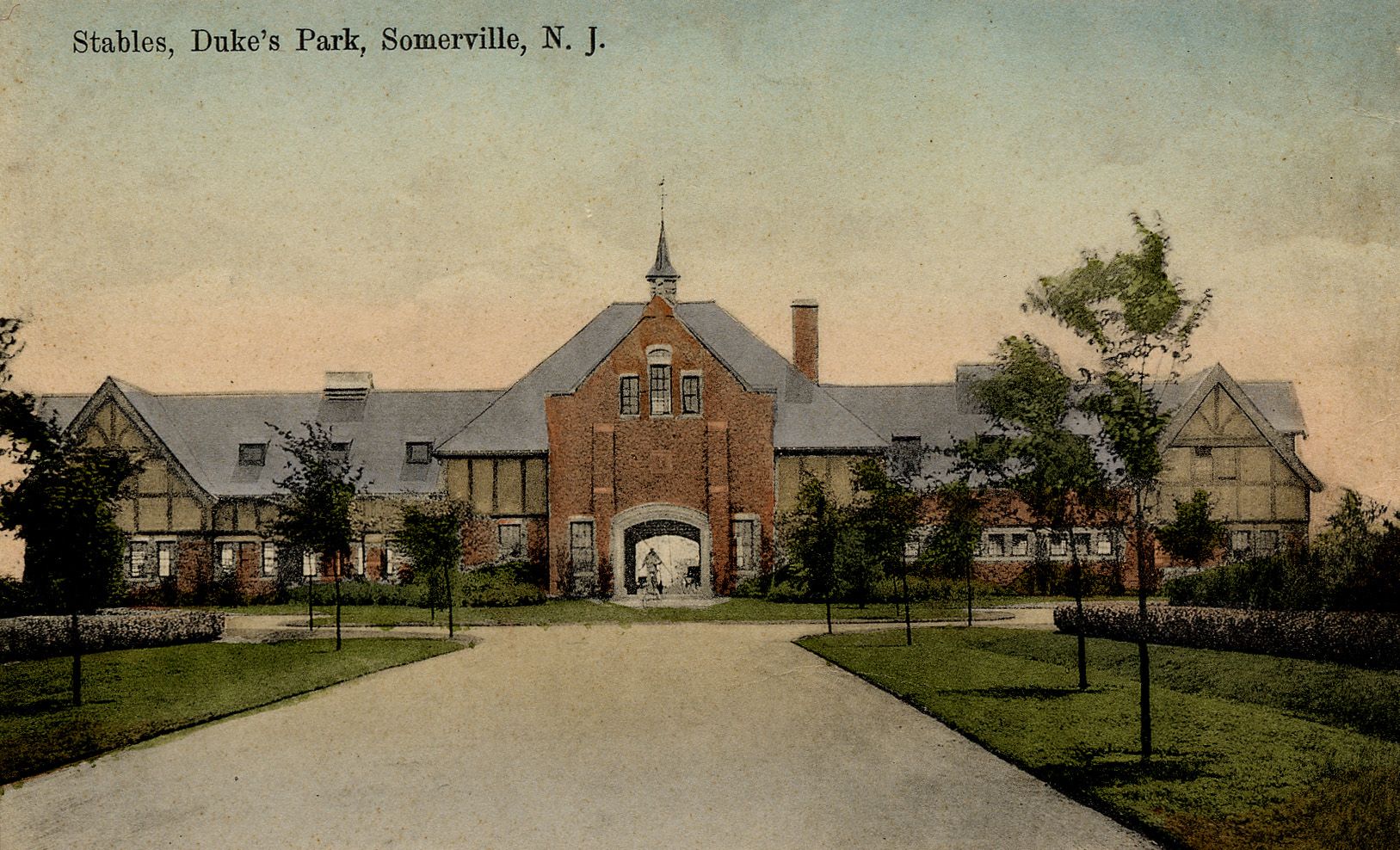
However, by 1915, too many people had abused this privilege and he decided to close his property to the public.
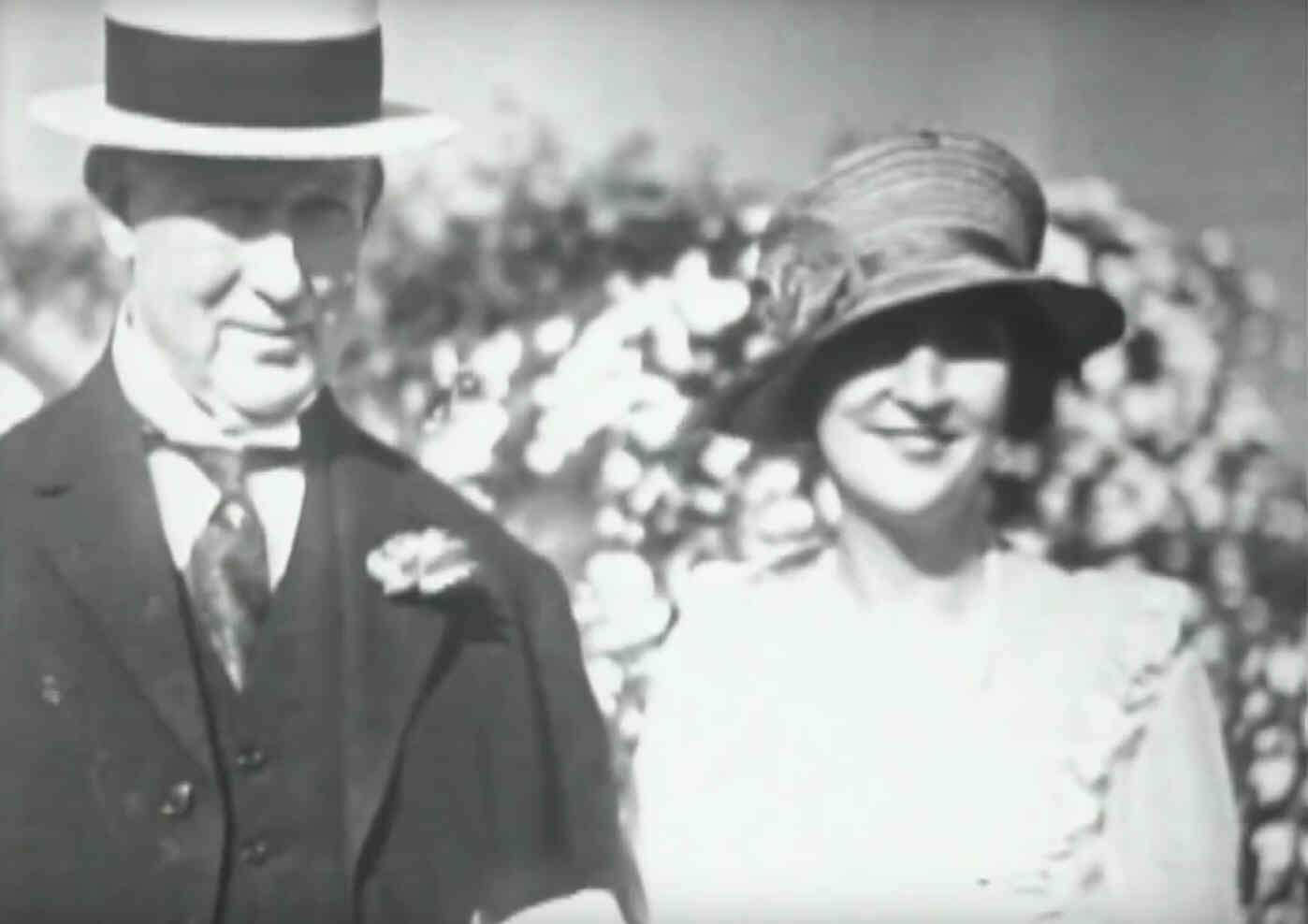
James Duke would marry twice - first in 1904 in a marriage that proved to be an immediate disaster. Within two years he was divorced. Soon after he would meet Nanaline Inman and they would marry in 1907.
Together in 1912 they would have one child - a daughter - they named Doris. She was the center of his life.

He donated a large amount to what was then called Trinity College in North Carolina. That college would change its name to Duke University in his honor. This endowment was structured so that it would continue in perpetuity – its funding came from only the interest accumulated on its investments, thus the fund would continue on year after year.
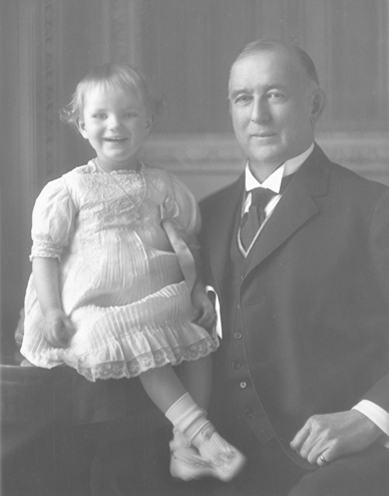
In his will he left an additional 67 million to the Endowment. Another large bulk of his estate would be left to his daughter Doris.
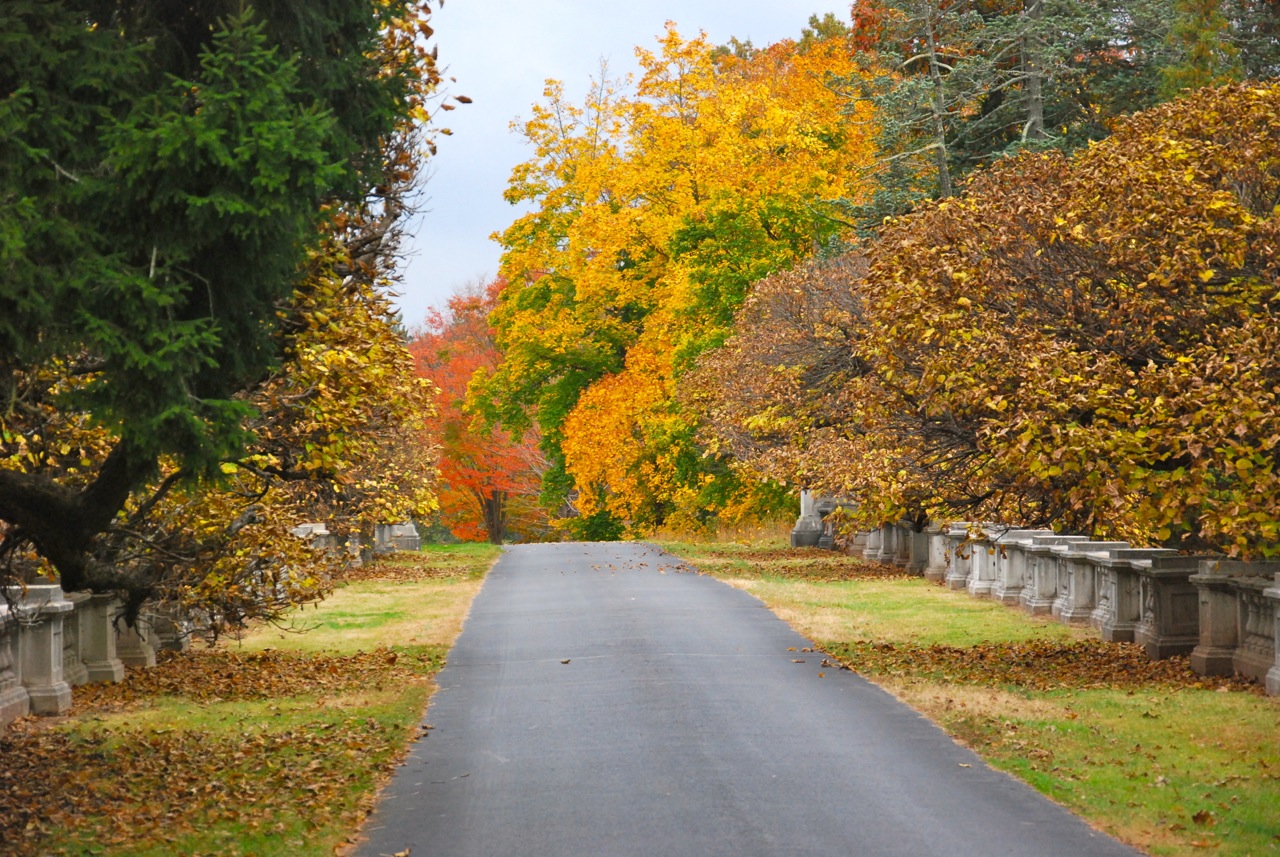
The mission of Duke Farms is to serve as an example of environmental sustainability and be a leader in environmental stewardship and to inspire visitors to become informed stewards of the land. It is open every day, except Wednesday, with hours that vary seasonally. Their website is www.dukefarms.org